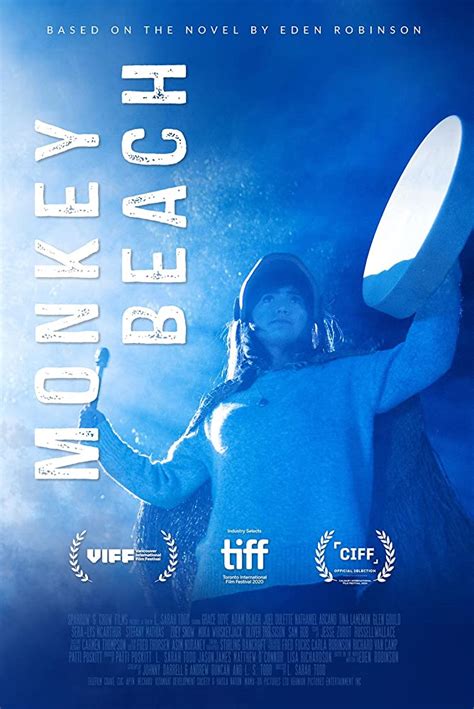Monkey Beach

Description:
Monkey Beach follows Mylia, a young Haisla woman on British Columbia’s coast, as she grapples with adolescence, family loss, and vivid visions. When her brother disappears and memories of her mother’s death surface, Mylia confronts trauma and ancestral spirits guiding her toward self-discovery. Blending realism with dreamlike sequences, the film explores belonging, resilience, and how tradition can heal a modern Indigenous community.Keywords:
Tribal, Drama, Indigenous Cinema, Coming Of Age, Magical RealismIs Monkey Beach based on a true story?
"Monkey Beach" is based on the novel of the same name by Eden Robinson, which incorporates elements of the author’s own life and experiences as a member of the Haisla Nation in British Columbia. While the story contains fictional elements, it is deeply rooted in Indigenous culture, mythology, and the realities faced by Indigenous communities. The film adaptation aims to capture the essence of these themes, exploring loss, family, and the connection to nature, but it is not a direct retelling of a true story.
Where was Monkey Beach filmed?
"Monkey Beach" was primarily filmed in British Columbia, Canada. The film showcases the stunning natural landscapes of the region, particularly around the coastal areas and the picturesque setting of the indigenous Haida Gwaii. The choice of location highlights the cultural and environmental themes central to the story, which is based on the novel by Eden Robinson. The film captures the beauty of the Pacific Northwest, contributing to the rich atmosphere of the narrative.
Is Monkey Beach a movie?
Yes, "Monkey Beach" is a movie. Released in 2020, it is a Canadian drama directed by Loretta Todd, based on the novel of the same name by Eden Robinson. The film follows the story of a young Indigenous woman named Lisa who navigates her family's struggles and her own spiritual journey while dealing with themes of loss, identity, and the supernatural. Set in the Haisla Nation territory, it explores the connection between culture, nature, and personal healing.
What do the crows symbolize in Monkey Beach?
In "Monkey Beach," crows symbolize the connection between the living and the spirit world. They serve as messengers and guides for the protagonist, Lisa, as she navigates her personal and cultural identity, as well as her family's tragic past. The crows embody themes of loss, protection, and the interplay between life and death, reflecting the spiritual beliefs of the Indigenous community depicted in the film. Their presence often foreshadows significant events and highlights the importance of honoring one's heritage and the interconnectedness of all beings.
Explore More Categories: